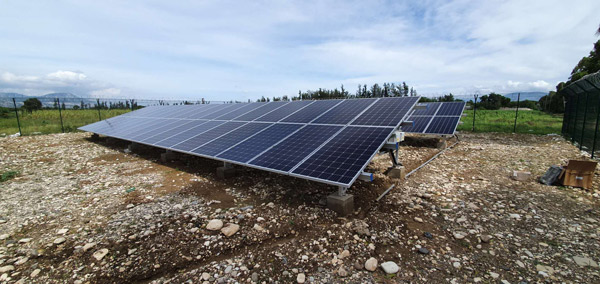Globally, solar energy is rapidly developing and being widely used as an important component of clean energy. Ground solar mounting systems play a vital role as brackets and support structures for solar panels. This article will explore the development history, main types and importance of ground-mounted solar mounting systems in the solar industry.
As solar technology advances and costs fall, ground solar mounting systems have developed rapidly. The initial system designs were relatively simple, mainly consisting of steel or aluminum alloy frames to support solar panels and fix them to the ground. Over time, with the advancement of engineering technology and the development of materials science, modern mounting systems have become more sophisticated and efficient.
Main Types
1. Fixed Mounting System: This system is fixed to the ground, and the tilt angle of the panel is generally adjusted according to the local latitude and solar altitude angle to maximize the collection efficiency of solar radiation.
2. Single-axis Tracking System: Single-axis tracking systems enable solar panels to track the movement of the sun along a single axis (usually east-west) to increase power production.
3. Dual-axis tracking system: This system can not only track the movement of the sun in the horizontal direction, but also adjust the tilt angle in the vertical direction to maximize the use of solar energy.
Ground-mounted solar installation systems play a key role in modern energy systems. They are widely used in large-scale solar power plants and industrial uses such as agriculture, manufacturing and commercial facilities. These systems can not only help companies and institutions reduce energy costs, but also help reduce carbon emissions and environmental impacts, and promote sustainable development and green energy transformation.

